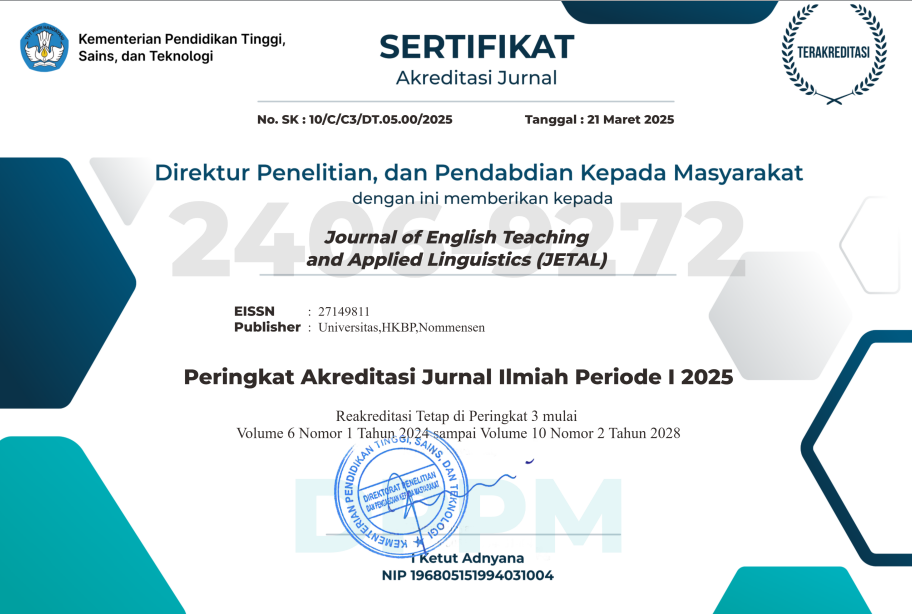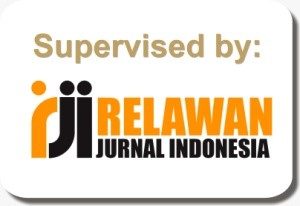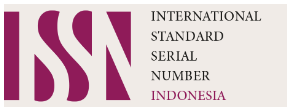The Application of Picture Word Inductive Model (PWIM) in Teaching Writing Recount Text
Abstract
As the last stage of language learning, many students have difficulty mastering writing skills. Likewise, at SMPN 1 Tembuku where the eighth-grade students in the second semester have problems in writing, especially writing recount text. Thus, Picture Word Inductive Model can be used as an alternative strategy in teaching writing and overcome the difficulties mentioned to explore whether applying PWIM has an effect on students’ skill in writing recount text. A quasi-experimental with posttest only control group design was used as the research design. The result of data analysis showed that the experimental group mean score was 76.09, while the control group mean score was 72.25. It showed that the mean score of experimental group was higher than the mean score in control group as well as the effect size calculation was in medium category with the result 0.651. Thus, there was significant effect of using Picture Word Inductive Model on students’ skill in writing recount text. PWIM helped students in writing process and make students easier generate their ideas well into writing. Therefore, it was suggested to use PWIM as an alternative strategy in teaching writing.
References
Basith, A., & Syafi, A. (2019). Instagram as Media in Teaching Writing Recount Text for Senior High School Students. In SALEE: Study of Applied Linguistics and English Education (Vol. 1, Issue 1). http://ejournal.stainkepri.ac.id/index.php/salee
Benario, & Saputra, J. (2021). The Effect Of Picture Word Inductive Model Strategy On Students’ Writing Skill In Descriptive Text. 8(2).
Byrne, D. (1993). Teaching Writing Skills. Longman.
Calhoun, E. F. (1999). Teaching Beginning Reading and Writing With The Picture Word Inductive Model. ASCD (Association for Supervision and Curriculum Development).
Creswell, J. W. (2012). Educational Research: Planning, Conducting, and Evaluating Quantitative and Qualitative Research (Fourth Edition). Pearson Education, Inc.
Elmahida, H., Nia, D. P., & Komariyah, T. (2021). Exploring Teachers’ Strategy In Teaching Writing For Young Learners. Erudita: Journal of English Language Teaching, 1(1), 65. https://doi.org/10.28918/erudita.v1i1.4274
Ermita, M., Emzir, & Lustyantie, N. (2019). Picture Word Inductive Model For Better Descriptive Text Writing. Indonesian EFL Journal, 5(2), 73. https://doi.org/10.25134/ieflj.v5i2.1736
Hanafiawi, D., Muharam, H., Parmawati, A., & Siliwangi, I. (2020). The Use Of Clustering Technique To Improve Students’ Skill In Writing Descriptive Text. 3(1).
Isma, A. (2018). Applying Picture Word Inductive Model (PWIM) on Students’ Writing Descriptive Text. In Jurnal JEC : Journal of Education and Counseling (Vol. 1).
Kurniawati, D., & Khhomariyah, S. (2018). Using Picture Word Inductive Model (PWIM) In Teaching Writing Recount-Text (Vol. 11, Issue 1). https://ejournal.radenintan.ac.id/index.php/ENGEDU
Langan, J. (2012). English Skills with Readings (Eighth Edition). McGraw-Hill .
Lastari, N. K. H., & Saraswati, P. R. T. A. K. H. (2018). The Use Of Mind Mapping To Improve Writing Skill Of The Eighth Grade Students Of Junior High School. In Journal of Applied Studies in Language (Vol. 2, Issue 2). http://ojs.pnb.ac.id/index.php/JASLhttp://ojs.pnb.ac.id/index.php/JASL
Meifira, E. N., & Syarif, H. (2019). Improving Students’ Writing Ability of Descriptive Paragraph and Their Creativity through Picture Word Inductive Model (PWIM) at Second Semester of Non-English Department Students UIN Raden Fatah Palembang. In International Journal of Educational Dynamics (Vol. 2, Issue 1). http://ijeds.ppj.unp.ac.id/index.php/IJEDS
Oktafiani, D., & Husnussalam, H. (2021). Improving Students’ Writing Skills In Descriptive Text Using Picture Word Inductive Model (PWIM) Strategy.
Raimes, A. (1983). Techniques in Teaching Writing. Oxford University Press.
Richards, J. C., & Renandya, W. A. (2002). Methodology In Language Teaching: An Anthology of Current Practice. Cambridge University Press.
Sabrina, K., & Tandi Sapan, Y. (2020). The Effect of PWIM (Picture Word Inductive Model) On Students’ Competence In Writing Narrative Text. JTE Journal of Teaching English, 5(3).
Sarode, R. D. (2018). Teaching Strategies, Styles, And Qualities Of A Teacher: A Review For Valuable Higher Education (Issue 5).
Sianipar, R. B., Sianturi, D. S., Situmorang, S. A., Gulo, P., & Saragih, E. (2020). An Analysis Of Recount Text In English Textbooks Used By Tenth Grade Students. JOLLT Journal of Languages and Language Teaching, 8(2), 120. https://doi.org/10.33394/jollt.v%vi%i.2280
Sirande, N. (2019). The Effectiveness of Picture Word Inductive Model in Teaching Vocabulary to the Eight Grade Students of SMPN 2 Buntu Pepasan. In Teaching English as a Foreign Language Journal (Vol. 7, Issue 2). Agustus-Desember.
Suprianti, G. A. P. (2020). Powtoon Animation Video: A Learning Media for the Sixth Graders. VELES Voices of English Language Education Society, 4(2), 152–162. https://doi.org/10.29408/veles.v4i2.2536
Wahyuningsih, T., Sugianto, Y., & Hasibin, N. (2019). Descriptive Study on the Implementation of Picture Word Inductive Model (PWIM) in Teaching Writing Descriptive Text to the Eighth Grade Students of SMP Sunan Giri 2 Kalipuro in the 2019/ 2020 Academic Year.
Authors retain copyright and grant the journal right of first publication with the work simultaneously licensed under a Creative Commons Attribution-ShareAlike 4.0 International License (CC BY-SA 4.0) that allows others to share the work with an acknowledgment of the work's authorship and initial publication in this journal.
Authors are able to enter into separate, additional contractual arrangements for the non-exclusive distribution of the journal's published version of the work (e.g., post it to an institutional repository or publish it in a book), with an acknowledgment of its initial publication in this journal.
Authors are permitted and encouraged to post their work online (e.g., in institutional repositories or on their website) prior to and during the submission process, as it can lead to productive exchanges, as well as earlier and greater citation of published work (See The Effect of Open Access).






